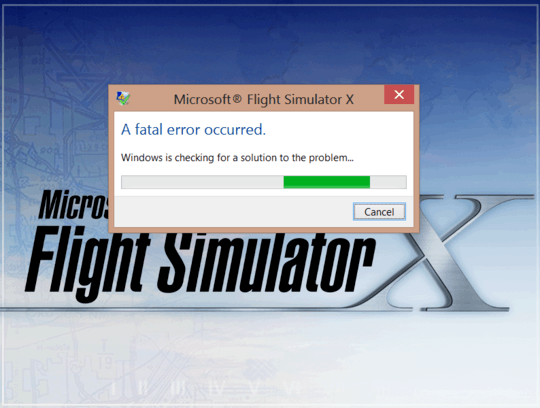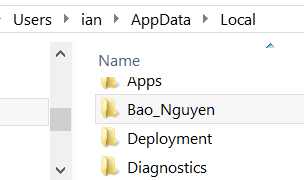18
6
Where does Windows 8 store minidumps from user-mode crashes?
Windows Vista and Windows 7 is documented to (by default) store a crash dump in:
%LOCALAPPDATA%\CrashDumps
A fact supported by observational evidence:

But, when an application crashes on Windows 8:

There are no crash dumps in %LOCALAPPDATA%\CrashDumps; there isn't even a CrashDumps folder:

Which leads to the question:
Where does Windows 8 store minidumps from user-mode crashes?
Note: You can ignore everything after the first line; it's just wasted filler.

i did a
dir *.dmp /s,dir *.mdmp /sfrom the Windows folder, and the root of my user profile folder. – Ian Boyd – 2013-02-16T22:03:55.640Have made sure you don't have application specific crash dumps turned on? I had no problem finding them on my system. Of course I also verified the feature was turned on my system. – Ramhound – 2013-02-16T22:39:11.603
Where did you find them on your system? (i've checked two locations) What which settings for WER crash dumps do you have turned on? (i've checked 3 settings) – Ian Boyd – 2013-02-17T02:35:46.210
Have you checked the event log? Usually you'll find the path to the dumps there. IIRC Windows packs them up (.dmp + .xml) in a ZIP file, so it could be named differently, too. Try
Win+Rand theneventvwrandENTERto check the event log. – 0xC0000022L – 2013-02-17T02:42:24.780@0xC0000022L The event viewer shows events from Windows Error Reporting show, "Attached Files: ..., ..., C:\Users\ian\AppData\Local\Temp\WERD655.tmp.mdmp", which, unfortunately, is not there. – Ian Boyd – 2013-02-17T03:05:43.757
1@IanBoyd: depends on the system settings and I'm not too familiar with W8, yet. I suggest you try to find that file next time while the WER dialog is still open. – 0xC0000022L – 2013-02-17T16:46:27.307
@ERROR_ACCESS_DENIED Even with Process Monitor running, looking for any
Pathcontainingdmp, and all file activity fromdwwin.exe, i see no dump files being created. – Ian Boyd – 2013-02-17T18:49:10.383@IanBoyd - As I said they were in application specific locations. – Ramhound – 2013-02-19T12:02:33.513
@IanBoyd - The MSDN article you link to says "This feature is not enabled by default." You do have to create the LocalDumps key. Having that and the DumpFolder REG_EXPAND_SZ makes things work on this Windows 8 machine. – jla – 2014-03-21T19:58:43.107